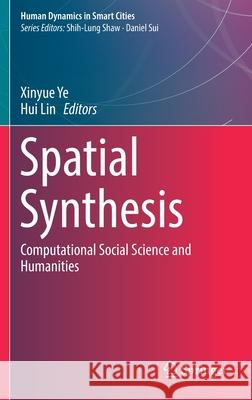Spatial Synthesis: Computational Social Science and Humanities » książka
topmenu
Spatial Synthesis: Computational Social Science and Humanities
ISBN-13: 9783030527334 / Angielski / Twarda / 2020 / 454 str.
Spatial Synthesis: Computational Social Science and Humanities
ISBN-13: 9783030527334 / Angielski / Twarda / 2020 / 454 str.
cena 197,46 zł
(netto: 188,06 VAT: 5%)
Najniższa cena z 30 dni: 187,38 zł
(netto: 188,06 VAT: 5%)
Najniższa cena z 30 dni: 187,38 zł
Termin realizacji zamówienia:
ok. 16-18 dni roboczych.
ok. 16-18 dni roboczych.
Darmowa dostawa!
Kategorie BISAC:
Wydawca:
Springer
Seria wydawnicza:
Język:
Angielski
ISBN-13:
9783030527334
Rok wydania:
2020
Wydanie:
2020
Numer serii:
000826940
Ilość stron:
454
Waga:
0.83 kg
Wymiary:
23.39 x 15.6 x 2.54
Oprawa:
Twarda
Wolumenów:
01
Dodatkowe informacje:
Wydanie ilustrowane











